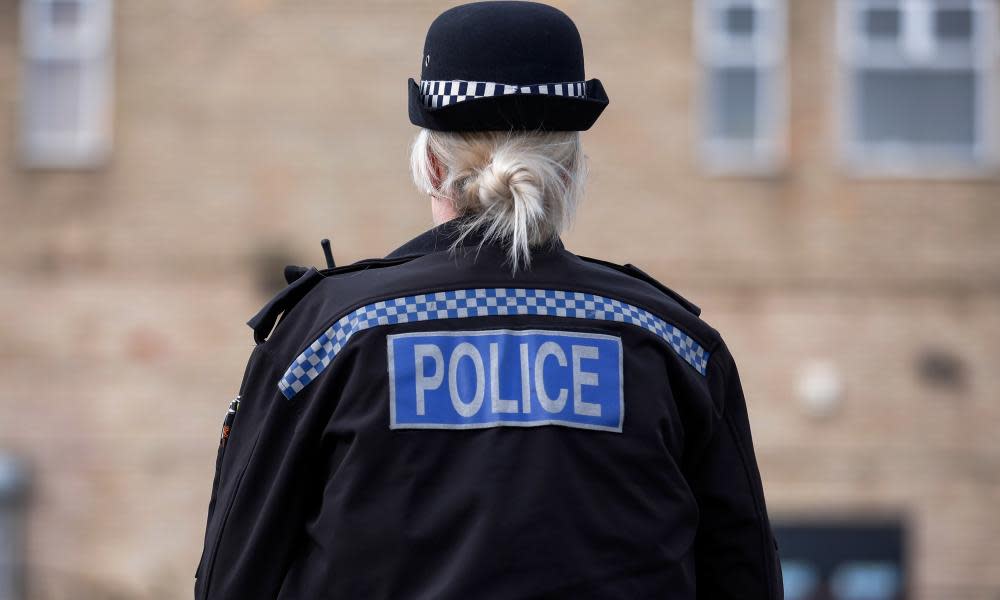Insights... even the mere sight of a policewoman can lead to a fall in crime rates

Friday brought very grim news, with data from police forces showing that domestic violence-related killings reached a five-year high last year. The victims in the majority of the 173 homicides were women.
But what is to be done? The government is promising to return to domestic abuse legislation when parliament returns, and policy discussions often make the link to knife crime, given the number of such murders involving knives.
It may be worthwhile for policymakers to focus not only on what powers exist within our criminal justice system, but on who is using those powers. That is the lesson from recent research examining women’s integration into the US police force from the late 1970s to the early 1990s, when the proportion of women in active policing roles tripled from 3.4% to (a still tiny) 10.1%.
What difference did that make? Quite a significant one in some areas. The study showed that women were more likely to report violent crime in areas where there was a higher proportion of female officers. The improvement wasn’t just in the reporting of crimes; in these areas, there were falls in domestic violence offences and rates of intimate partner homicides. However, the effects were only seen if women were employed as police officers rather than in other roles within the force.
Having this evidence at the forefront of our minds could make a difference: last week, a campaign to recruit 20,000 police officers was launched in Britain, where more than two-thirds of officers are still male. Who the police are, not just how many of them there are, matters to tackling crime.
• Torsten Bell is chief executive of the Resolution Foundation. Read more at resolutionfoundation.org

 Yahoo News
Yahoo News 
